Home>Interior Design>5 Reasons Why Your Toilet Won’t Flush And How To Fix It
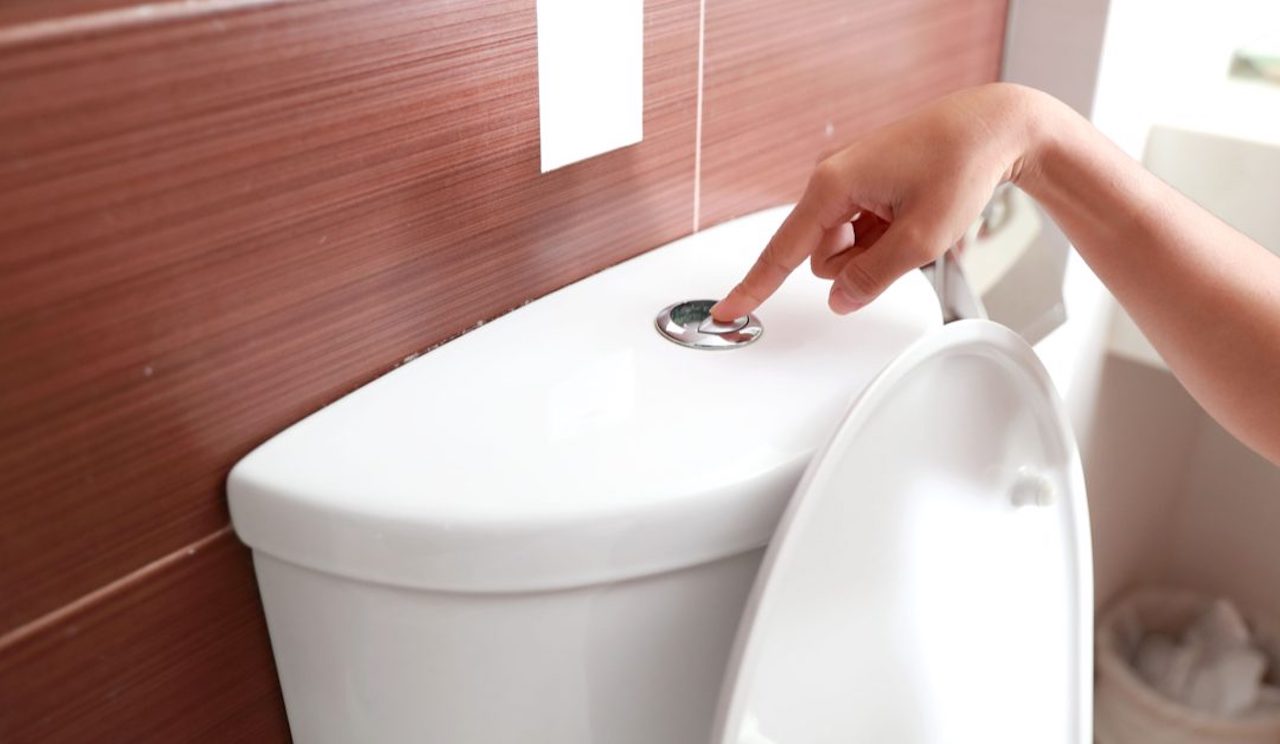

Interior Design
5 Reasons Why Your Toilet Won’t Flush And How To Fix It
Modified: October 20, 2024
Learn the top 5 reasons why your toilet won't flush and discover effective solutions to fix it. Improve your interior design with our expert tips and troubleshooting advice.
(Many of the links in this article redirect to a specific reviewed product. Your purchase of these products through affiliate links helps to generate commission for Storables.com, at no extra cost. Learn more)
Introduction
Having a toilet that won’t flush can be a frustrating experience. It disrupts your daily routine and can lead to inconvenience and embarrassment. However, before you call a plumber, it’s important to understand that there are several common reasons why your toilet may not be flushing properly. In this article, we will explore five of the most common causes of a non-flushing toilet and provide you with practical solutions to fix the issue.
The toilet is one of the most essential fixtures in any household. It plays a vital role in maintaining cleanliness and hygiene. When it fails to perform its primary function of flushing waste away, it can be a major inconvenience. By understanding the underlying issues that may be causing the problem, you can save time, money, and frustration by resolving the issue yourself.
It’s important to note that these troubleshooting tips are meant for minor toilet flushing problems that can be easily fixed without professional help. However, if you’re unsure about performing any repairs or if the problem persists, it’s always best to consult a professional plumber.
Let’s dive into the five common reasons why your toilet won’t flush and the steps you can take to fix them.
Key Takeaways:
- Don’t let a non-flushing toilet ruin your day. Learn how to troubleshoot and fix common issues like insufficient water levels and clogged drainpipes to restore your toilet’s functionality.
- Understanding the causes of toilet flushing problems empowers you to take action. From flapper valve issues to faulty flush handles, learn how to identify and resolve these common problems for a smoothly functioning toilet.
Insufficient Water Level
One of the main reasons why your toilet may not be flushing properly is due to an insufficient water level in the tank. When you flush the toilet, the water from the tank is released into the bowl, creating the necessary force to remove waste. If there isn’t enough water in the tank, the flushing mechanism won’t work effectively.
To check if the water level is the issue, remove the tank lid and observe the water level. It should ideally be about one inch below the overflow tube. If the water level is too low, you can adjust it by adjusting the fill valve. Look for a float device connected to the fill valve. If it’s set too low, it will restrict the water level. Adjust it to the proper level and check if the flushing improves.
If the water level is already at the correct height, but the toilet still won’t flush, there may be an issue with the fill valve or the water supply line. Inspect the fill valve for any clogs or debris that may be obstructing water flow. Clean or replace the fill valve if necessary.
Additionally, check the water supply line leading to the toilet. Make sure it’s fully open and that there are no kinks or blockages. Sometimes, mineral deposits or sediment can accumulate in the supply line, impeding water flow. In such cases, you may need to clean or replace the supply line.
Once you’ve addressed any issues with the water level or water supply, test the flush to see if the problem persists. If the toilet still doesn’t flush properly, move on to the next troubleshooting step.
Clogged Drainpipe
Another common reason for a toilet not flushing properly is a clogged drainpipe. Over time, debris, toilet paper, and other materials can accumulate in the drainpipe, obstructing the flow of water and preventing a proper flush.
If you suspect a clogged drainpipe, there are a few ways to address the issue. One method is to use a plunger. Place the plunger over the drain opening in the toilet bowl and push and pull it vigorously to create suction and dislodge the clog. You may need to repeat this a few times to fully clear the obstruction. Be sure to use a flange plunger, as it provides a better seal and more effective plunging action.
If the plunger doesn’t work, you can try using a toilet auger, also known as a plumbing snake. Insert the auger into the drainpipe and twist it to break up or remove the clog. Follow the manufacturer’s instructions for proper use. Be cautious not to damage the toilet bowl while using the auger.
In some cases, the clog may be more severe and require professional assistance. If you’ve attempted both plunging and using a toilet auger without success, it’s best to contact a plumber who can diagnose and resolve the issue using professional equipment and techniques.
Remember, preventing drain clogs in the first place is always preferable. Avoid flushing excessive toilet paper, sanitary products, or other non-flushable items down the toilet. It’s also a good idea to periodically clean your drainpipes using enzymatic drain cleaners or a mixture of vinegar and baking soda to help prevent future clogs.
Once you’ve cleared any potential drainpipe obstructions, test the flush to see if the problem has been resolved. If not, move on to the next troubleshooting method.
Flapper Valve Problems
The flapper valve is a crucial component of the toilet that controls the flow of water from the tank into the bowl when you flush. If the flapper valve is not functioning properly, it can lead to weak or incomplete flushes.
To check if the flapper valve is the culprit, remove the tank lid and observe the flush mechanism. When you flush the toilet, the flapper valve should lift, allowing water to flow into the bowl. After the flush, the flapper valve should drop back into place, sealing off the tank to prevent water from continuously running.
If the flapper valve is not sealing properly or if it’s worn out, water may leak from the tank into the bowl, leading to a weak flush. Inspect the flapper valve for any signs of damage, such as cracks or deterioration. If you notice any issues, it’s best to replace the flapper valve.
Replacing the flapper valve is a relatively simple process. Start by shutting off the water supply to the toilet. The shut-off valve is usually located on the wall near the base of the toilet. Flush the toilet to drain the water from the tank. Remove the old flapper valve by disconnecting it from the flush chain or lever. Install the new flapper valve, ensuring a proper fit and connection. Finally, turn on the water supply, allow the tank to refill, and test the flush.
If replacing the flapper valve doesn’t solve the flushing issue, there may be other underlying problems, such as an improperly adjusted flush chain or a faulty flush valve. In such cases, it’s best to consult a professional plumber who can diagnose and resolve the issue.
Regular maintenance and inspection of the flapper valve can help prevent issues and ensure a proper flush. Clean the flapper valve periodically to remove any debris or mineral buildup that may affect its function.
After addressing any flapper valve problems, test the flush to see if the toilet is now flushing properly. If not, move on to the next troubleshooting step.
If your toilet won’t flush, check the water level in the tank, inspect the flapper for damage, clear any clogs in the trap, adjust the chain on the flapper, and ensure the water supply valve is fully open.
Faulty Flush Handle
A faulty flush handle can also be a reason why your toilet won’t flush properly. The flush handle is responsible for initiating the flush mechanism by lifting the flapper valve and releasing the water into the bowl.
If you notice that the flush handle feels loose, sticks, or doesn’t return to its original position after flushing, it may need to be repaired or replaced. Over time, the handle mechanism can wear out or become misaligned, affecting its effectiveness in flushing the toilet.
To inspect and address the issue with the flush handle, start by removing the tank lid. Examine the handle and the inside mechanism to identify any visible problems. Look for any loose or broken components that may be affecting its functionality.
If the handle is loose, tighten the mounting nut connecting it to the tank. This should secure it in place and prevent any wobbling or sticking. If the handle is sticking or not returning properly, check for any obstructions or buildup around the handle or inside the tank. Clean any debris or mineral deposits that may be affecting its movement.
In some cases, the handle itself may be broken or worn out, requiring replacement. Measure the length and style of your existing flush handle, and purchase a suitable replacement from a hardware store. Follow the manufacturer’s instructions for installation, ensuring a secure and proper fit.
After repairing or replacing the flush handle, test the flush to see if the issue has been resolved. If the toilet still doesn’t flush properly, there may be other underlying problems, such as a broken flush lever arm or a malfunctioning flush valve. In such cases, it’s best to consult a professional plumber for further assistance.
Maintaining the flush handle and regularly checking for any issues can help prevent future problems. If you notice any signs of wear or dysfunction, address them promptly to ensure a smoothly functioning toilet.
Once you’ve addressed any flush handle problems, test the flush to see if the toilet is now flushing properly. If not, move on to the final troubleshooting step.
Malfunctioning Fill Valve
A malfunctioning fill valve is another common reason why your toilet may not be flushing properly. The fill valve is responsible for refilling the tank with water after each flush. If it’s not functioning correctly, it can result in weak flushes or incomplete refilling of the tank.
To determine if the fill valve is the issue, start by removing the tank lid and observing the refilling process after a flush. Once the tank has emptied, the fill valve should open and allow water to flow into the tank. As the tank fills, the fill valve should automatically shut off the water flow once the water level reaches the desired level.
If the fill valve is not working properly, you may notice that the tank is not filling up to the correct level or that water continues to flow into the tank even after it’s full. This can lead to weak flushes or a constantly running toilet.
To fix a malfunctioning fill valve, you can try adjusting it manually. Look for a screw or knob on the fill valve and turn it clockwise to decrease the water level or counterclockwise to increase it. Make small adjustments and test the flush after each adjustment to find the optimal water level for a proper flush.
If adjusting the fill valve doesn’t resolve the issue, you may need to clean or replace it. Over time, mineral deposits and debris can accumulate in the valve, affecting its functionality. Shut off the water supply to the toilet and flush the tank to drain the water. Remove the fill valve from the tank and clean it thoroughly, removing any obstructions or buildup. If cleaning doesn’t solve the problem, you may need to replace the fill valve altogether.
When replacing the fill valve, be sure to choose a compatible valve for your toilet model. Follow the manufacturer’s instructions for installation or consider seeking professional help if you’re unsure about the process.
After addressing any fill valve problems, test the flush to see if the toilet is now flushing properly. If the issue persists, there may be other underlying issues that require professional assistance.
Regular maintenance and inspection of the fill valve can help prevent future problems. Cleaning the valve periodically and keeping an eye out for any signs of malfunction can help ensure a consistently functioning toilet.
After troubleshooting the fill valve, test the flush to determine if the problem has been resolved. If not, it’s best to contact a professional plumber to diagnose and fix the issue.
Conclusion
Dealing with a toilet that won’t flush properly can be quite frustrating, but understanding the common causes and troubleshooting methods can help you resolve the issue effectively. In this article, we’ve explored five common reasons why your toilet may not be flushing properly and provided practical solutions to fix them.
From insufficient water levels and clogged drainpipes to flapper valve problems, faulty flush handles, and malfunctioning fill valves, each of these issues can impact the flushing performance of your toilet. By identifying the specific problem and taking the appropriate steps to address it, you can restore your toilet’s functionality and avoid unnecessary expenses.
Remember to start with simple fixes such as adjusting the water level, using a plunger or plumbing snake to clear clogs, checking and replacing a malfunctioning flapper valve or flush handle, and cleaning or replacing a faulty fill valve. However, if you’re uncertain of your abilities or if the problem persists, it’s always best to consult a professional plumber to avoid further damage.
Additionally, regular maintenance and upkeep of your toilet can help prevent future flushing issues. Periodically inspect the components, clean and remove any buildup or debris, and address any signs of wear or malfunction promptly.
By keeping these troubleshooting tips in mind and staying proactive in maintaining your toilet’s functionality, you can ensure smooth and consistent flushing, avoiding the inconvenience and frustration of a non-flushing toilet.
Now armed with the knowledge and solutions to address common flushing problems, you can confidently tackle any issues that arise and keep your toilet working efficiently. Don’t let a non-flushing toilet disrupt your daily routine – take action and enjoy the convenience of a fully functioning restroom once again.
Frequently Asked Questions about 5 Reasons Why Your Toilet Won’t Flush And How To Fix It
Was this page helpful?
At Storables.com, we guarantee accurate and reliable information. Our content, validated by Expert Board Contributors, is crafted following stringent Editorial Policies. We're committed to providing you with well-researched, expert-backed insights for all your informational needs.
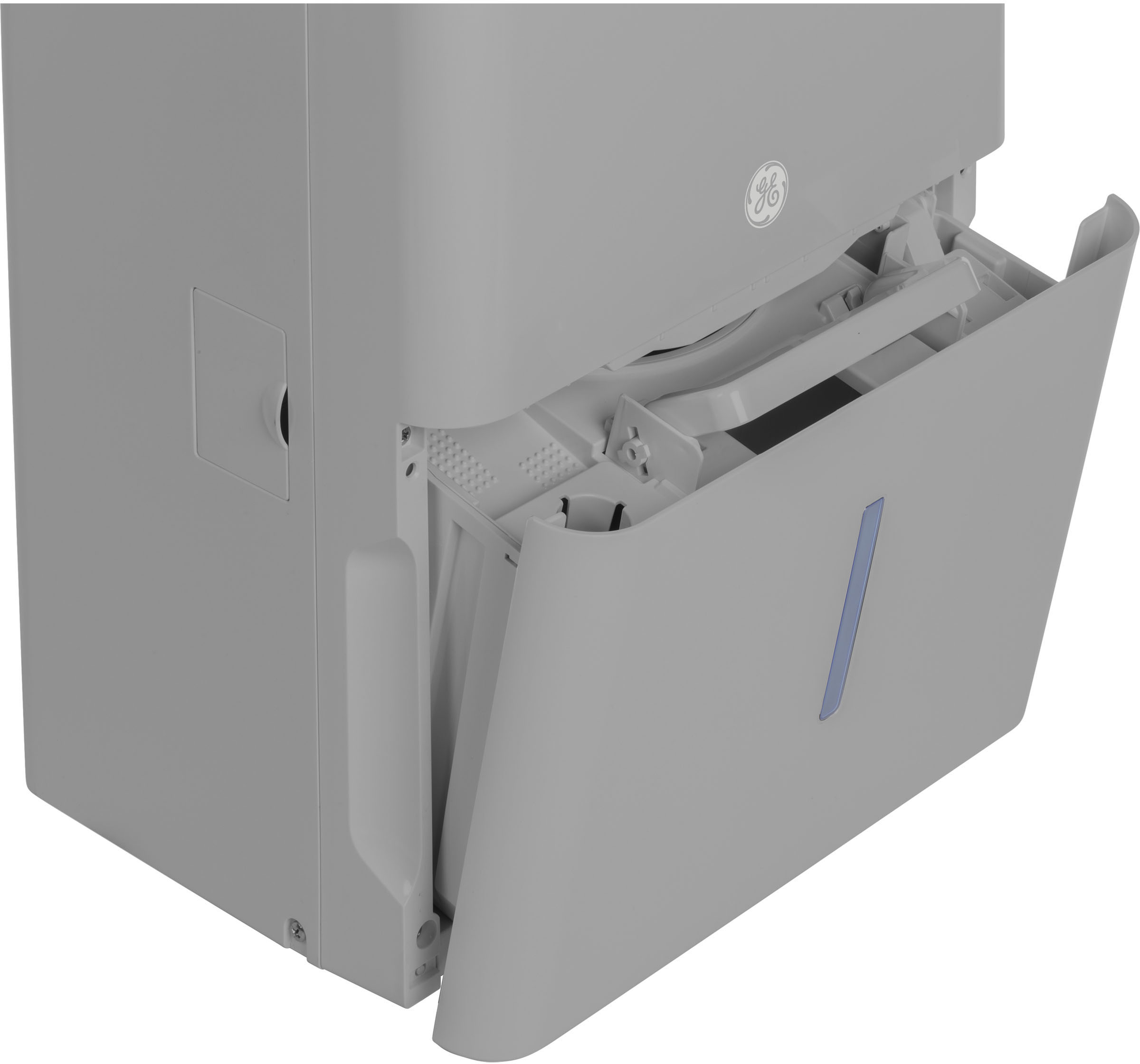


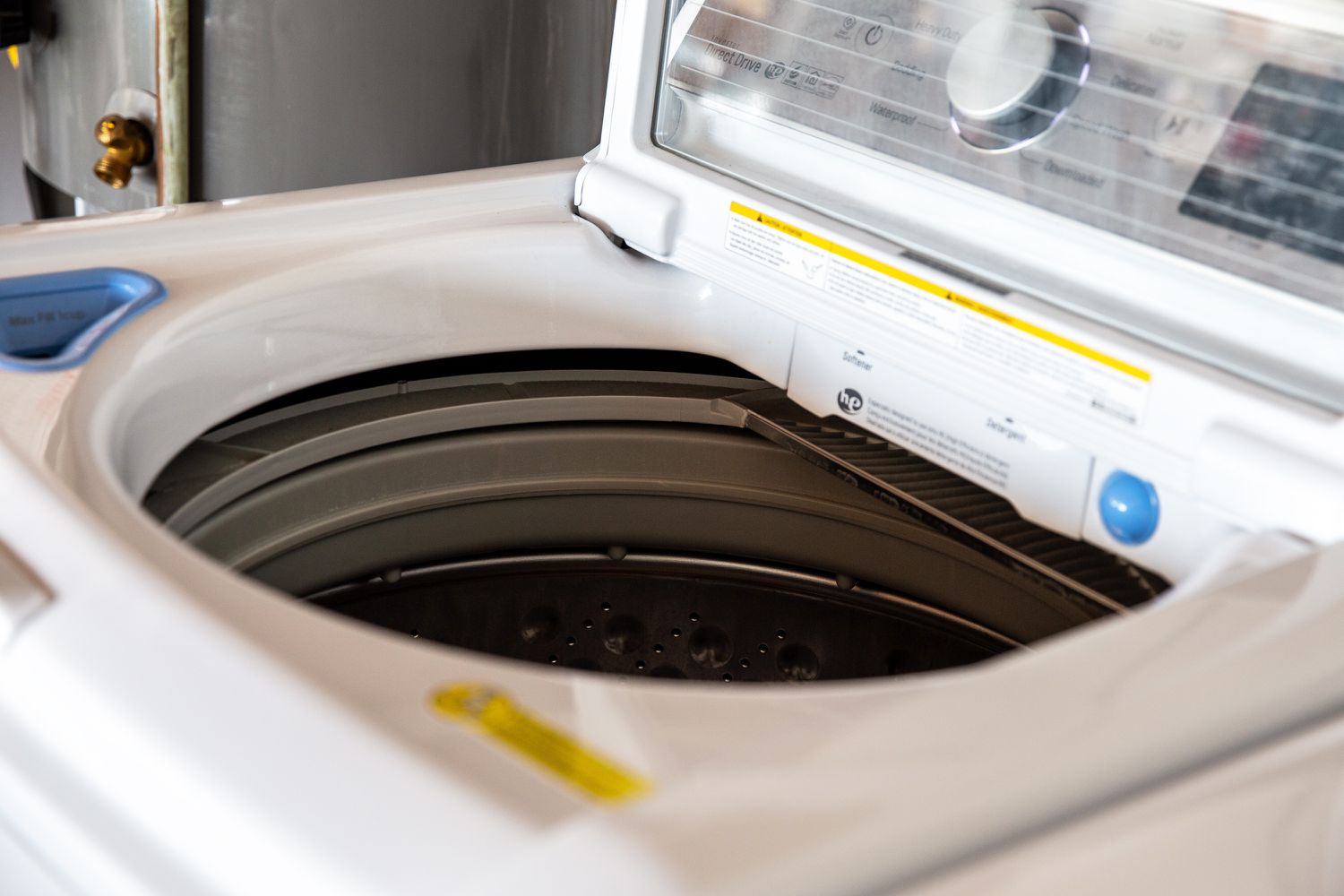
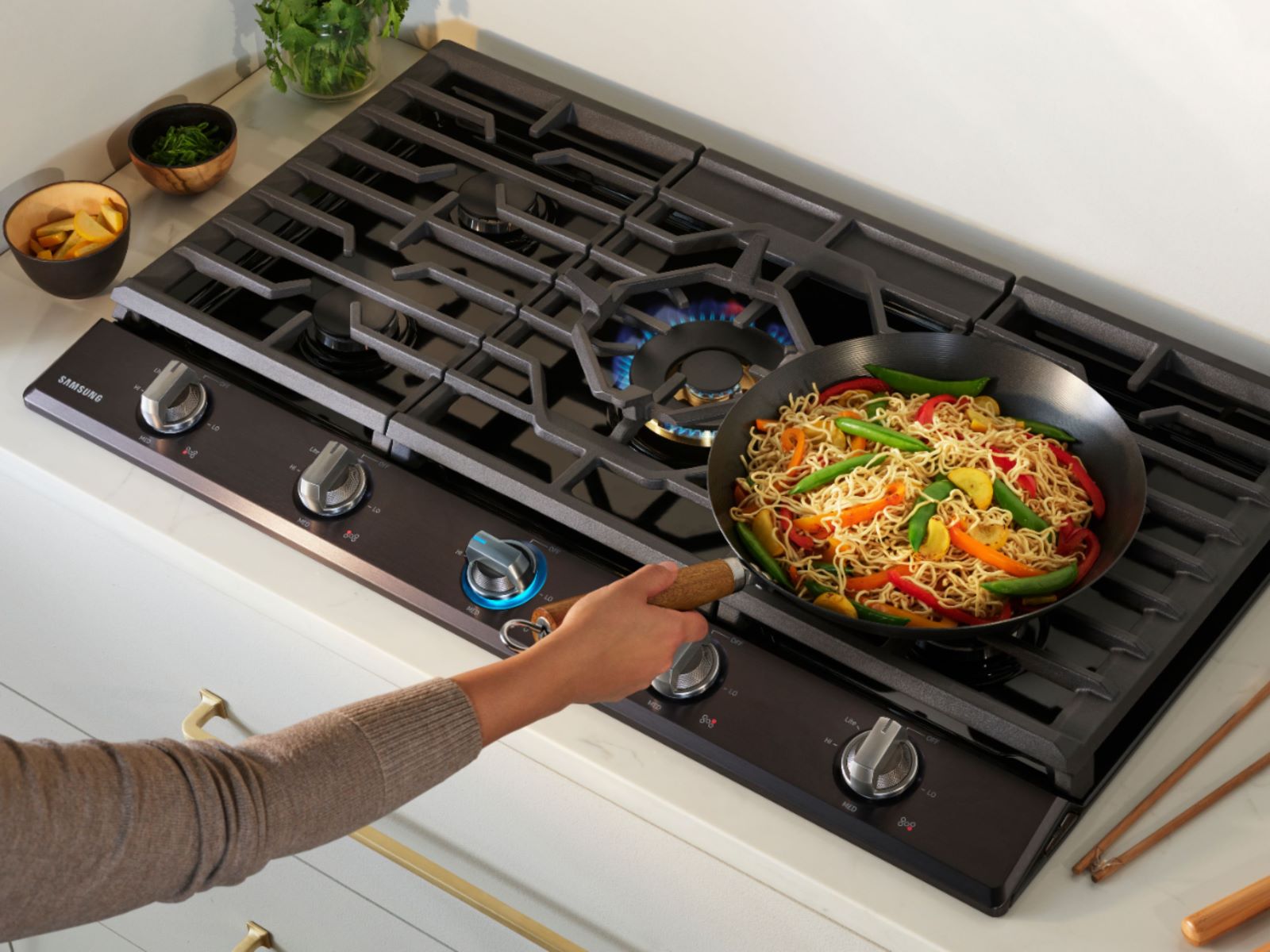
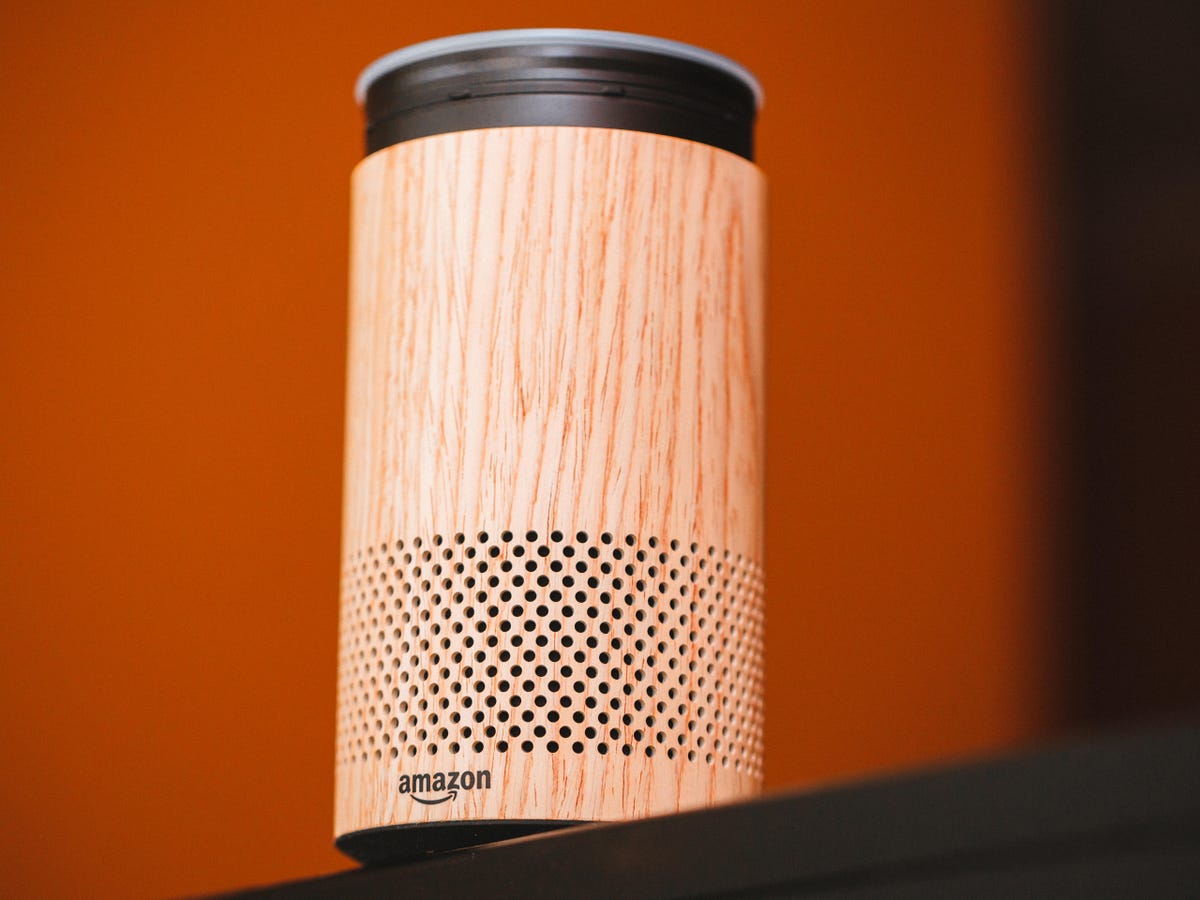


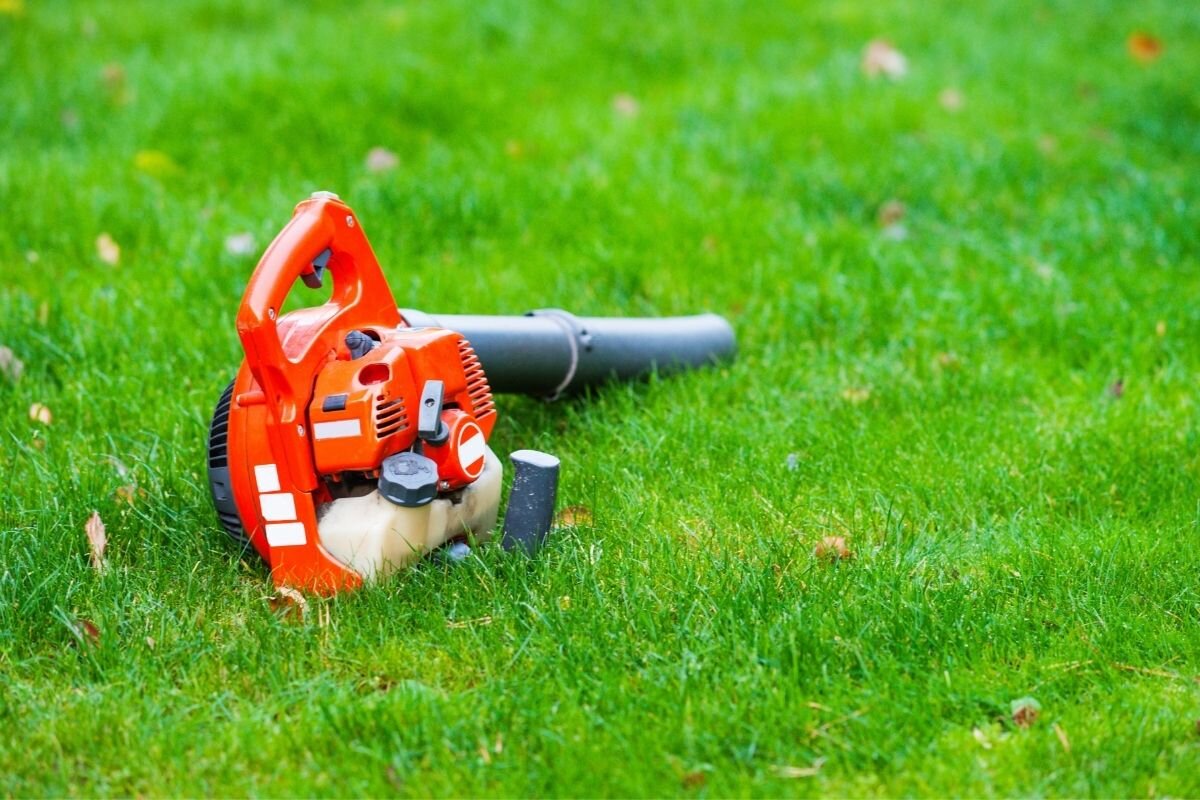
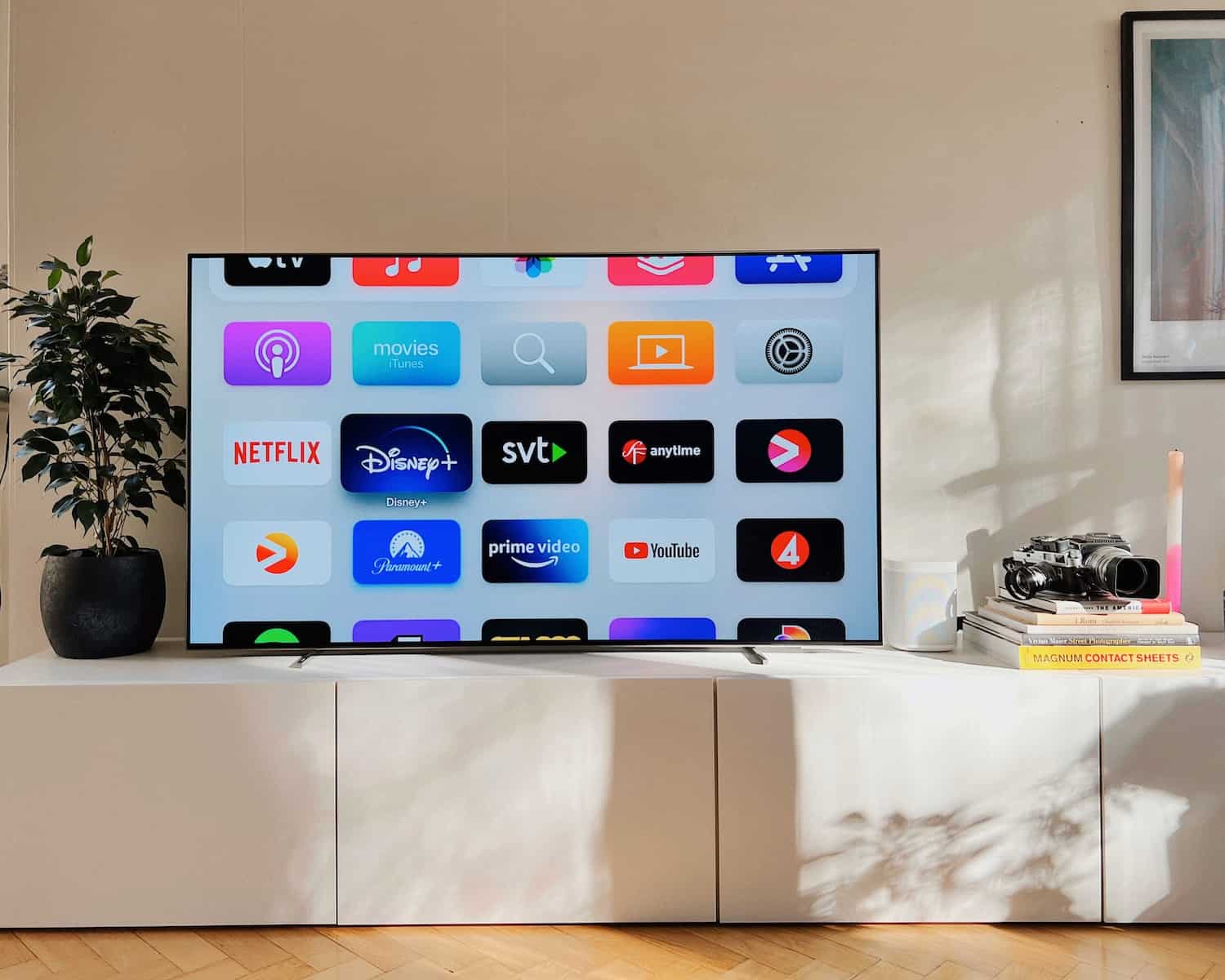


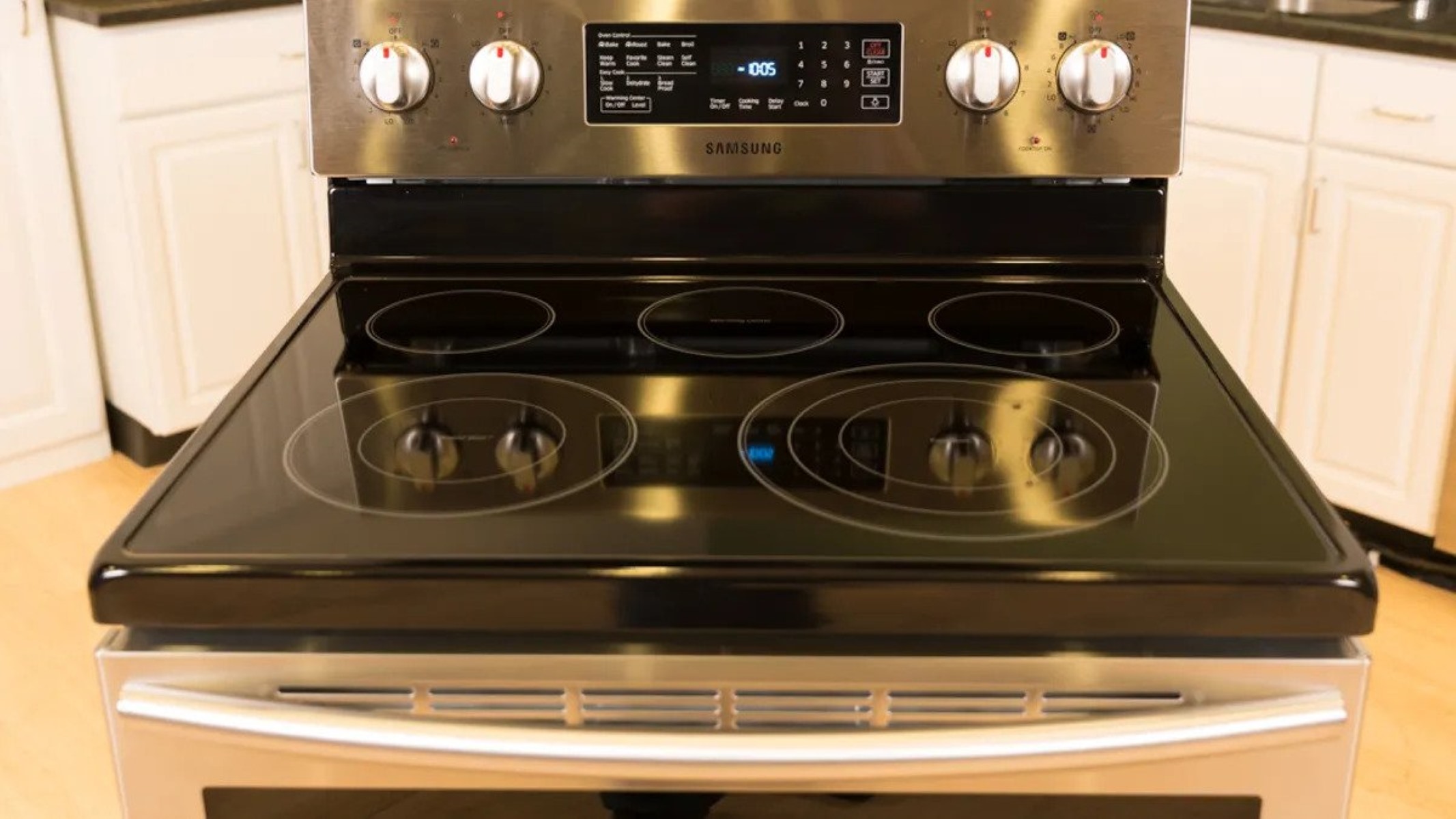
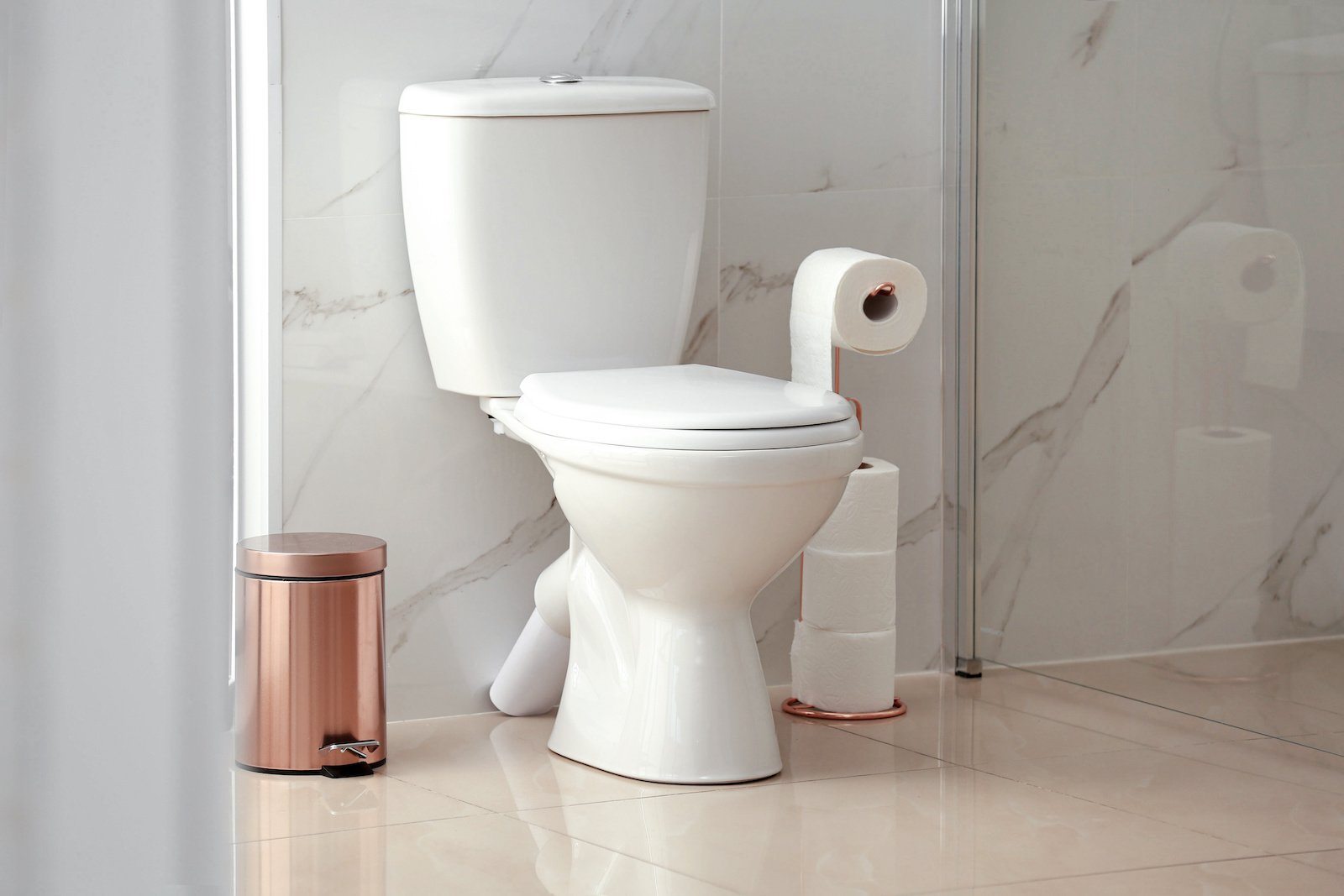

0 thoughts on “5 Reasons Why Your Toilet Won’t Flush And How To Fix It”